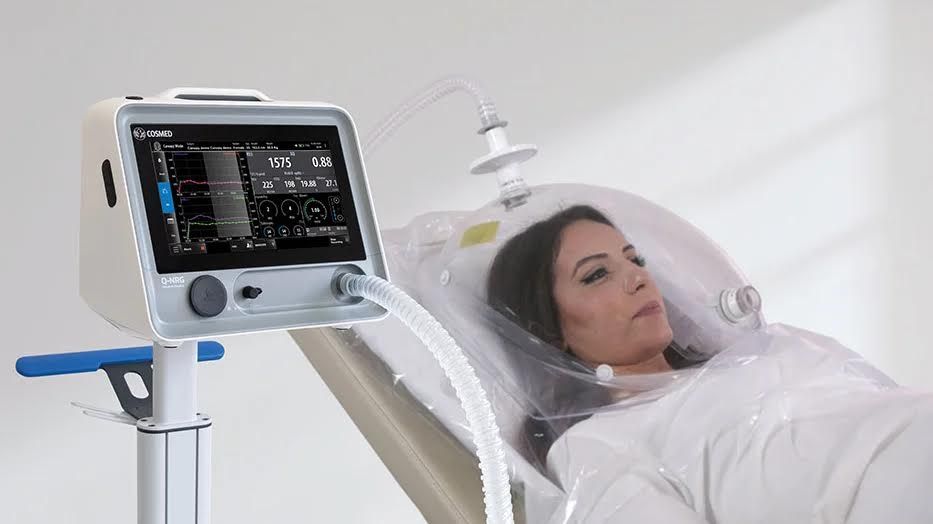It is the most common chronic disease of our time and significantly increases the risk of developing many other conditions. Even being slightly overweight can be a trigger for high blood pressure or type 2 diabetes . In the long term, excess body weight can lead to cardiovascular disease, certain malignant tumours and joint disorders.
In the vast majority of cases, lifestyle factors lead to the development of overweight. Unhealthy eating habits and a sedentary lifestyle are most closely linked to the development of overweight.
Accordingly, without lifestyle changes, it is not possible to treat this condition effectively in the long term. The treatment of obesity is based on a lifestyle change: optimising diet and eating habits and introducing regular leisure-time physical activity.
Most people living with obesity have tried cures several times in their lives, but in almost 100% of cases they are unsuccessful. Many people blame themselves for their failure, but obesity is caused by an upset in the regulation of our very complex energy balance. Our body aggressively defends itself against weight loss, and processes are set in motion that make it very difficult to lose weight and even more difficult to maintain the lower weight we have achieved in the long term.
In order to be successful in losing excess weight, almost all overweight people need medical care, which, in addition to lifestyle support, includes medication and advanced monitoring of metabolic changes.
Several drug options have become available in recent years that can not only help with weight loss, but are also effective in treating other chronic co-morbidities that may already be present. Which therapeutic approach is the most optimal for you will be determined by a number of factors, which will be decided between you and your doctor during your visit.
Once weight loss has started, the body reduces the minimum amount of energy needed to sustain life. This is known as basal metabolism, which is important to determine during treatment because it is necessary to adapt the therapy to your changing needs in order to be effective. This is where indirect calorimetry, a simple, quick and completely painless method of measuring the actual basal metabolic rate, comes in. In addition to the basal metabolic rate, the device provides important information about which energy source your body uses first: fats or carbohydrates (sugars). This information can be important when looking for the reason why weight loss is not starting despite lifestyle changes.
Our team has state-of-the-art tools to help you achieve your weight loss goals.

